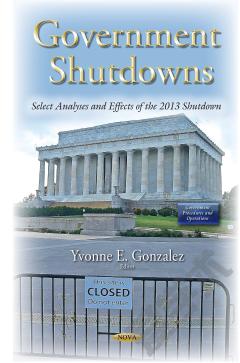Debt Limit Impasses: Analyses and Effects
The gross federal debt, which represents the federal government’s total outstanding debt, consists of debt held by the public and debt held in government accounts, also known as intragovernmental debt. Federal government borrowing increases for two primary reasons: (1) budget deficits and (2) investments of any federal government account surpluses in Treasury securities, as required by law. Nearly all of this debt is subject to the statutory limit. Treasury has yet to face a situation in which it was unable to pay its obligations as a result of reaching the debt limit. In the past, the debt limit has always been raised before the debt reached the limit. This book examines the possibility of the federal government reaching its statutory debt limit and not raising it, with a particular focus on government operations. First, the book explains the nature of the federal government’s debt, the processes associated with federal borrowing, and historical events that may influence prospective actions. It also includes an analysis of what could happen if the federal government may no longer issue debt, has exhausted alternative sources of cash, and, therefore, depends on incoming receipts or other sources of funds to provide any cash needed to liquidate federal obligations. A discussion of the effects that prior debt limit impasses have had on the economy is also included. Finally, this book lays out considerations for increasing the debt limit under current policy and what impact fiscal policy could have on the debt limit going forward.
{{comment.content}}








 京公网安备 11010802027623号
京公网安备 11010802027623号